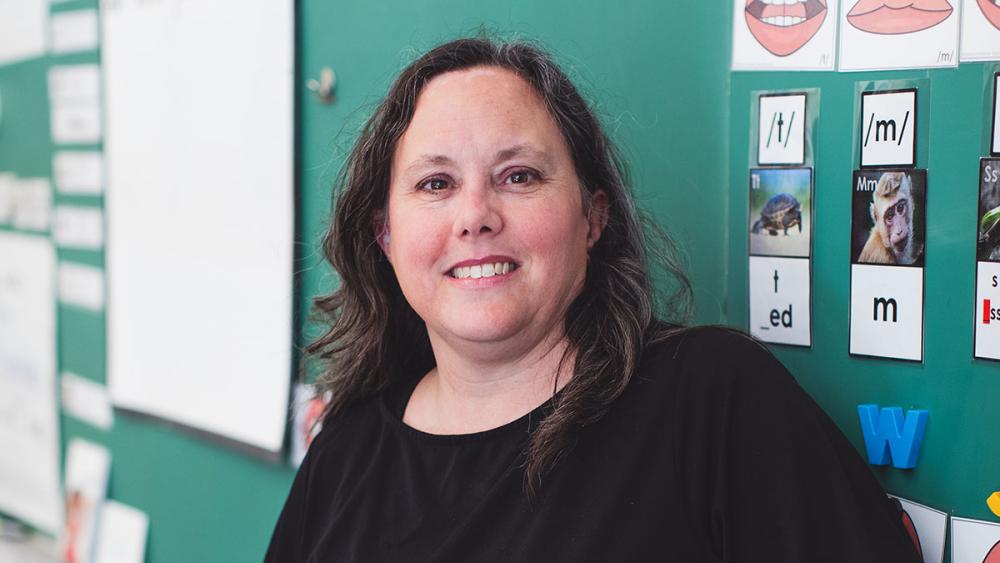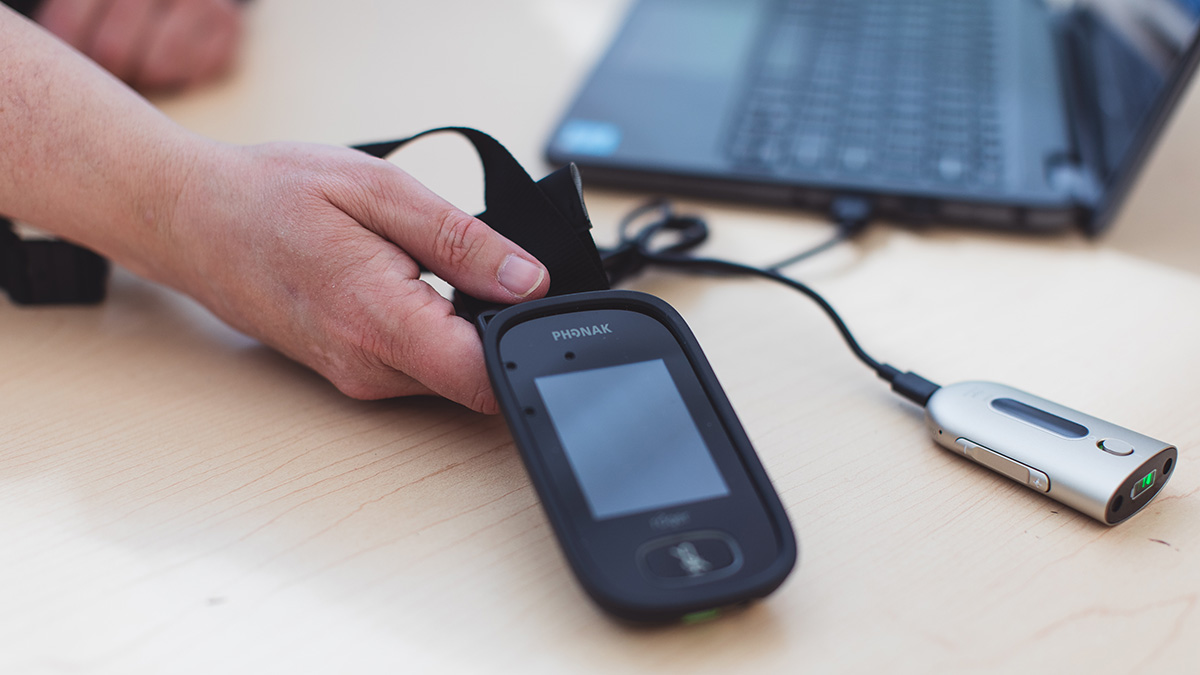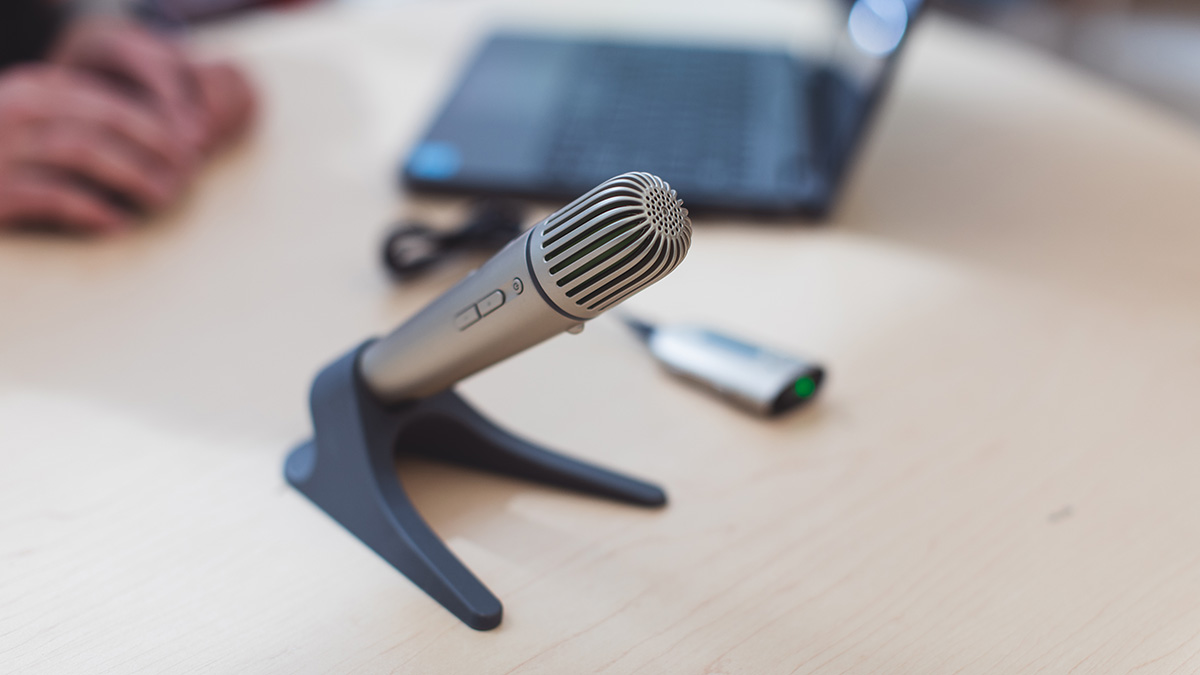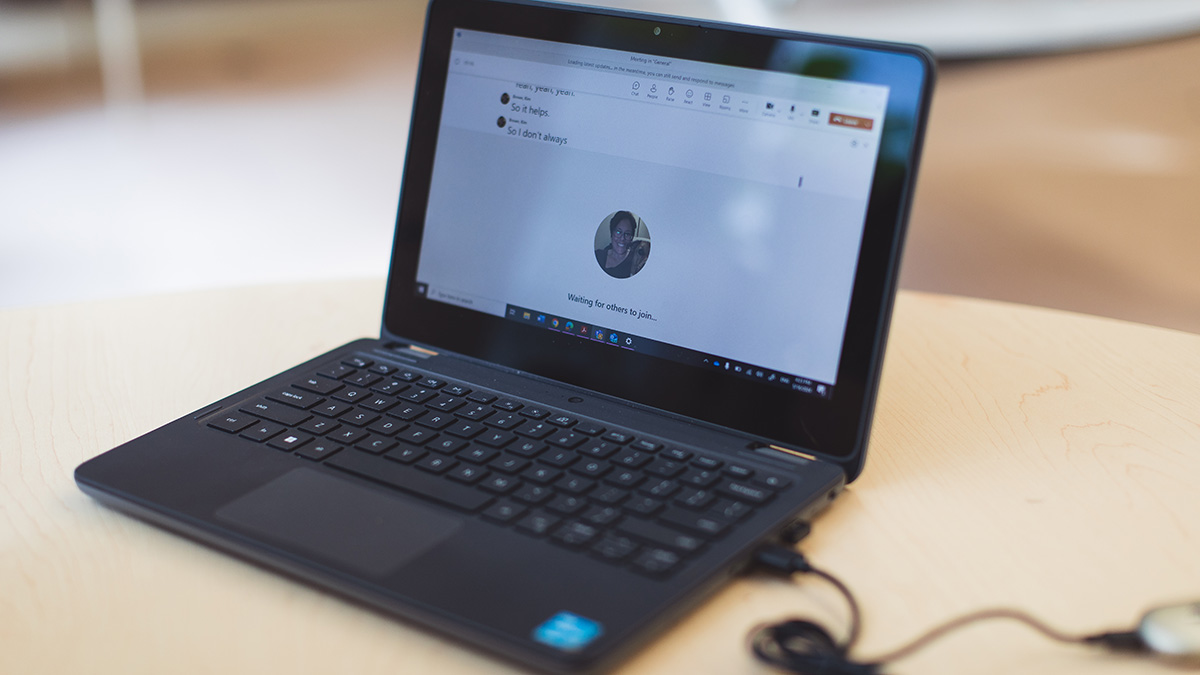
Advocating for Yourself as a Teacher with a Disability
Working as a teacher is challenging and rewarding, especially when you are a teacher with a disability, medical illness, or with an episodic, new or evolving disability or medical condition. Navigating the classroom to make it work for your needs requires creativity, knowledge of your rights and support from your board, principal, union and your medical specialists.
The Ontario Human Rights Code and the Accessibility for Ontarians with Disabilities Act (AODA) provide workplace protections, which employers have a duty to accommodate, as well as the right to a safe and accessible environment. What this looks like varies for everyone based on their disability or medical condition and their accessibility and accommodation needs, but also on their chosen field of work. Teachers with disabilities, like me, often have needs that are akin to those of students with a similar disability.
As a profoundly deaf individual working as an occasional teacher, my greatest challenge lies in hearing and understanding my students. This is often compounded by noise in the classroom, the age of my students (which influences their level of speech development and clarity), and my own ability to remain focused throughout the day. Let’s face it, fatigue or illness like the common cold are real factors for all of us, and for me, can lead to what I like to call a “sundown effect,” where my brain just gets in the way and refuses to co-operate.
I first began my teaching career in the Durham District School Board and Kawartha Pine Ridge District School Board in 1998. At the time, I didn’t even consider asking for supports as an occasional teacher, and ETFO was just coming into existence and I didn’t know I could turn to my union for help. Naturally, I experienced a huge amount of stress managing the call-out systems, praying I was going to the right school on the right days. Luckily, I did! Classroom management was a huge challenge and I struggled to find solutions for some of the issues I ran into, such as making myself heard, getting learners’ attention and using the classroom phone. The classroom phone remains a challenge to this day because they are no longer compatible with my digital hearing aid and cochlear implant processor. Announcements are challenging too, but some principals have taken to doing announcements over Teams or Google Classroom, which is fabulous for me!
When I returned to occasional teaching in September 2020 after an almost 20-year hiatus, I was unaware of several things. First, that my board would accommodate my needs and help me find ways to cope in communicating with my students. Second, that ETFO had policy and position statements regarding disability issues and accessibility, which can be found on ETFO’s website (etfo.ca) in the Governance section. Third, that my ETFO local was required to help me gain supports and accommodations. Simply put, I had only to ask for the supports I needed.
However, because it never occurred to me to ask, it was the principal I was working with that first year who pulled me aside and said, “Kim, did you know the board will provide you with an FM device, microphone and a computer to help you in the classroom? We can try to establish live transcription for you.” Imagine how surprised I was, and how silly I felt for never even thinking to ask about these supports. I was always good at self-advocacy in other areas of my life, but for whatever reason, I did not apply it to my working life.
Thus began a year of collaborating with my audiologist, my principal, the board ability specialist, my local ETFO president and a representative from Phonak – the company from which the board would purchase the devices I required. As I also have a cochlear implant, I had two audiologists involved to help secure the different components needed to connect my hearing devices to the devices I would receive to support me in the school. It was quite the process, but not unlike what a school does when a student requires devices as part of their accommodations.
Getting the Supports You Need
When teachers need support for their disability or medical condition, getting started on the process can be daunting. Speaking to your principal, along with the board’s ability specialist and your local union, is the first step. Letters from your doctor and relevant specialists outlining your restrictions, accommodation needs, and technology suggestions are a requirement. Your physician will also need to fill out forms required by your school board. The actual conversations regarding the supports an individual teacher needs rarely include all of these specialists, but they will need to communicate with the ability specialist through email at a minimum. In my case, both my audiologists provided specific product information so the school board could purchase the devices that would work with both my hearing aid and my cochlear implant processor.
In my second year back at teaching, while I was going through this process, I became a member of ETFO’s provincial Disability and Accessibility Issues Standing Committee. This fall will be my fourth year. During my time on this committee, I have learned more about ETFO’s policy and position statements on disability and accessibility issues. Since 2021, the committee has had a name change and made recommendations to the Executive, Professional Relations Services (PRS) and other ETFO departments about improvements to the website and registration forms and how to make the ETFO member site and portal more inclusive. This year, we updated the wording of the position and policy statements, which will be brought to the 2024 Annual Meeting in two motions to be voted on by delegates.
What can current and new teachers with disabilities, episodic medical conditions or new and evolving disability and medical conditions do to make their time in the classroom less challenging, more successful and more enjoyable? Advocacy. We must advocate for ourselves, just like we would for our own children or our students. We must collaborate with our principals and ETFO locals, our boards, and relevant professionals to find solutions. We must speak up, even if our needs are temporary, episodic, new, or evolving. Accommodations and accessibility needs are not just for the permanently disabled, they are for anyone that requires them.
Members can learn about ETFO’s policy and position statements by visiting etfo.ca. Members should become familiar with the roles of PRS at the ETFO provincial office because they are often the next step if our local presidents are unable to make progress with the school board. Most importantly, be aware of the relevant workplace laws in the AODA and the Human Rights Code.
Over the past four years, I have come to appreciate not only my life experiences as a student and deaf adult, but also as a profoundly deaf teacher. So much has changed in the 25 years since I started teaching – in technology, in the law and in attitudes towards people with disabilities. The support I have received from my board, colleagues, principals, and union has enabled me to continue to push forward in a career I once thought was not right for me.
To my colleagues and incoming, new teachers: advocate for yourselves, because just like our students, we deserve support.
Kim Brown is a member of the Upper Canada Occasional Teacher Local.





